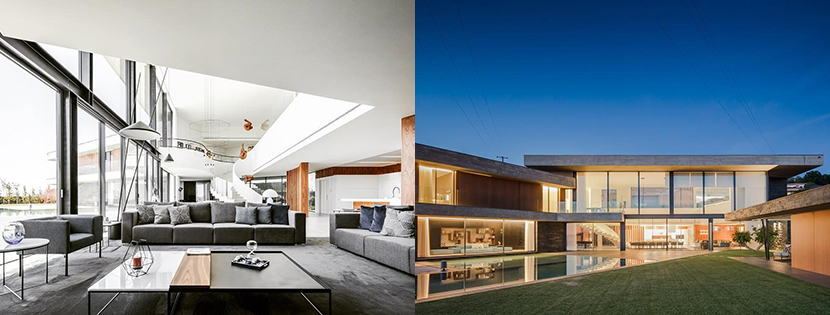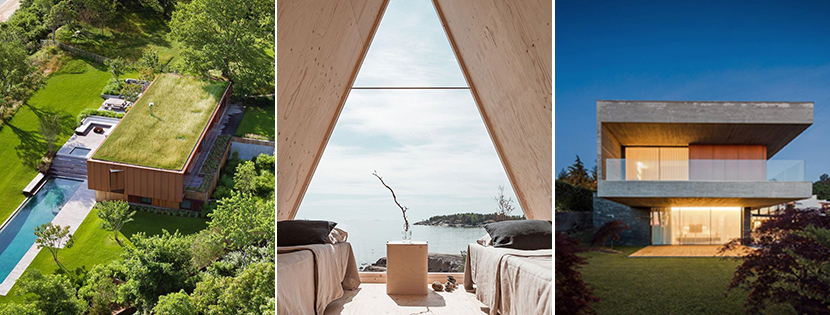23/09/2018
Smart Home or Intelligent Home? What are the main differences?

Whereas professionals in this field have been busy for decades, the real boost was initiated by Google, Alexa, Apple, and others. Whereas the terms, such as “Home Energy Systems”, “Home Automation Systems”, or “Home Management System” was the common term, not too long ago a new term was born – The smart home! We are currently looking at exciting times, as we are not experiencing a new birth, but the biggest change in this sector!
Only a couple of years ago, smart homes were never in the view of home owners, recent studies now show that more than 50% of home owners are considering to transform their houses into smart homes.
But what does make a home smart? Is it enough to have a device in your home that “could” switch on or off the light, but you still use your light switch?
Before diving in this topic, we first need to answer another question first: What does make a home smart?

Of course, this question alone has enough potential to fill thousands of pages. However, all would agree that a smart home adapts itself to the need of the users on its own. Therefore, is the first step of turning your home smart already can start with the usage of movement sensors, as they are commonly used? Or does it take a whole system, such as KNX? Is it the amount of applications or the level of automation, which turn a home smart?
No! Devices or systems can only be as smart as its user, respectively the one, who installed it.
And in worst case, turning your home into a smart home can result in a disaster. Example could be the light in the children’s bedroom that does not switch off, because the children are moving a lot in their sleep, the alarm sensor above the kitchen, which triggers the alarm, whenever you cook, or the air-conditioning, which cools down your home, because the temperature sensor is located behind the TV and heats up.
Machines are not smart, machines just do as they are told. Same for smart home solutions. So in order to answer the question ‘What makes a home smart?’, it is important to be able to positively answer the following questions:
-
Does the house adapt to needs on its own?
-
Does it raise overall well-being at home?
-
Are precautions taken, so that nobody can easily make changes to the installation?
If one of these questions would not be answered positively, the need for the smart home solutions would not be given and installing them would not be a ‘smart’ decision.
So what has to be done to turn your home smart and how to do it in the best way?
Looking back to the quote from the very beginning, we have to understand that not the devices as such as important, but how we are going to use them. Main purpose is that we satisfy the individual needs of the home owners. This requires a thorough planning phase with direct and open coordination between the home owner and the solution provider. Many questions can already be clarified, when we have a look at the room’s and their requirements would be:
- Storeroom → Motion and presence Sensors
- Hobby Room → Vacuum cleaner
- Gym → Air conditioning + Air quality
- Laundry → Leakage and smoke alarm
- Conservatory → Shading, ventilation, temperature control

Smart home only when full potential is used
It might seem easy to turn your regular home intelligent by putting a device from a well-known brand, but smartness is only given, when the needs are perfectly satisfied. The best way to achieve this is by installing not only one device, but a whole system, such as KNX. If you like to learn how to get started, have a look at this checklist.
To make a long story short: A house is always as smart as who installed the solutions and who lives in it. ‘Smart’ does not imply the solutions, the amount of application or the fanciness of devices that you use – Being smart can never be taken over by technologies but only by humans, which have done a smart planning and use the full potential of the home, let it be automatically, manually or remotely.
Source: blog.knx.org
Pictures: Thanks to tramaarquitetos.com